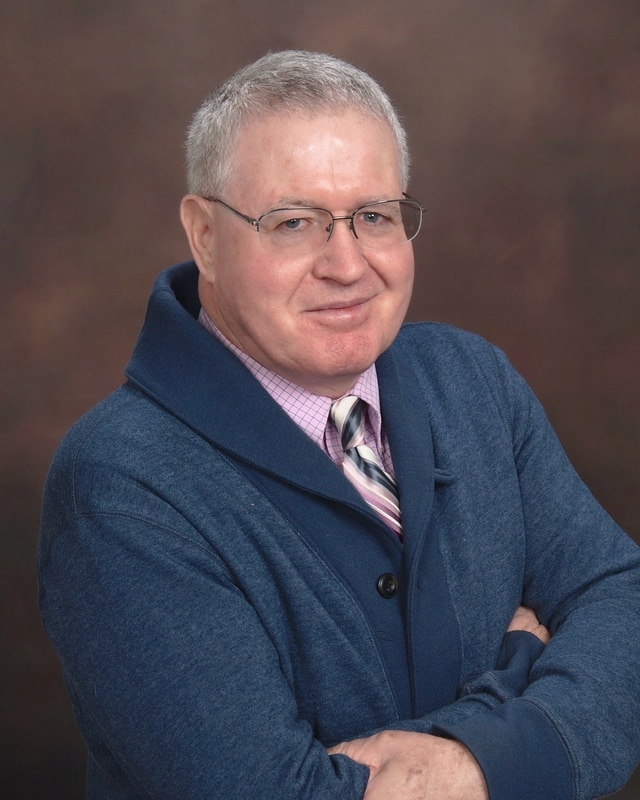|
Posture assessment and treatment is only a part of patient care and yes many explanations exist. Because I can only be responsible for my own clinical behaviour I choose to make a quick discernment of the relevance to the patients overall presentation (not always possible in the short-term). A recent cases was a woman who could not sleep because she knew the scheduled sacroiliac joint fusion was not the right thing. This based on a large degree on a physical therapist explaining that because her faulty pelvic posture did not "correct" that becvause she was still symptomatic; she had SIJD AKA SIJ instability. INsanity. Bizarre. Yes I found faulty posture but clarified that it was present in standing and not in prone or supine. Yes, i know of the studies that discourage my belief that I can palpate SUBTLE asymmetries, such as 5mm or less and the studies that show 11mm or more of leg length difference is relevant (search Lynton F Giles if interested). The cause of her faulty posture was a lack of hip extension which responded very readily-one treatment of two minutes and taught self-treatment. Another case a PT with perfect pelvic posterior yet a lack of passive accessory motion which we restored, one treatment and taught self care and she can now sleep two visits total, grateful. The research encourages cautious interpretation, the research encourages us to up our game, not to discontinue. When we discern that the posture does not appear to be maleable nor contributory to prevailing symptoms or patients goals (one of the pillars of EBP) we move on. In the realm of probability honoring the research that does exist and honoring the research that does not yet makes for humble, committed care. When the posture model applies, apply therapeutic effort, when it does not then go to then next relevant screen.
0 Comments
Leave a Reply. |
Dr. Jerry Hesch, DPT, MHS, PTMarried with 4 grown kids. Earned my Doctorate at A.T. Still University in Tempe, AZ, MHS at the University of Indianapolis and my BS PT at University of New Mexico. I enjoy working with my hands and particularly making glass objet d'art. Powered by Calendar Labs Archives
August 2016
Categories
All
|
|

 RSS Feed
RSS Feed